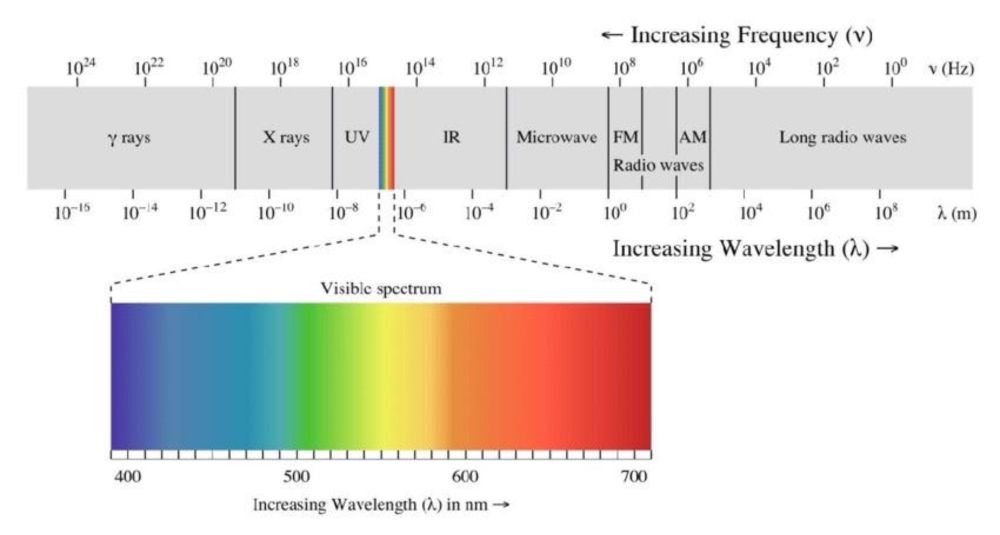James Vornov
@jjvornov.bsky.social
25 followers
27 following
68 posts
On Deciding Better
https://jjvornov.substack.com
Posts
Media
Videos
Starter Packs
James Vornov
@jjvornov.bsky.social
· Jul 17
James Vornov
@jjvornov.bsky.social
· Jul 17
James Vornov
@jjvornov.bsky.social
· Jul 16
James Vornov
@jjvornov.bsky.social
· Jul 15
James Vornov
@jjvornov.bsky.social
· Jul 15
James Vornov
@jjvornov.bsky.social
· Jul 15
James Vornov
@jjvornov.bsky.social
· Jul 2

When Models Collide: How the Brain Deals with Cognitive Dissonance
Our actions often conflict with our beliefs. The discomfort we feel isn’t moral failure — it’s what happens when valence systems disrupt the brain’s coherent story of personal identity.
open.substack.com
James Vornov
@jjvornov.bsky.social
· Jun 19
James Vornov
@jjvornov.bsky.social
· Jun 18
James Vornov
@jjvornov.bsky.social
· Jun 18
James Vornov
@jjvornov.bsky.social
· Jun 18
James Vornov
@jjvornov.bsky.social
· Jun 11
James Vornov
@jjvornov.bsky.social
· May 14
James Vornov
@jjvornov.bsky.social
· May 14
James Vornov
@jjvornov.bsky.social
· May 14
James Vornov
@jjvornov.bsky.social
· May 14
James Vornov
@jjvornov.bsky.social
· May 6







